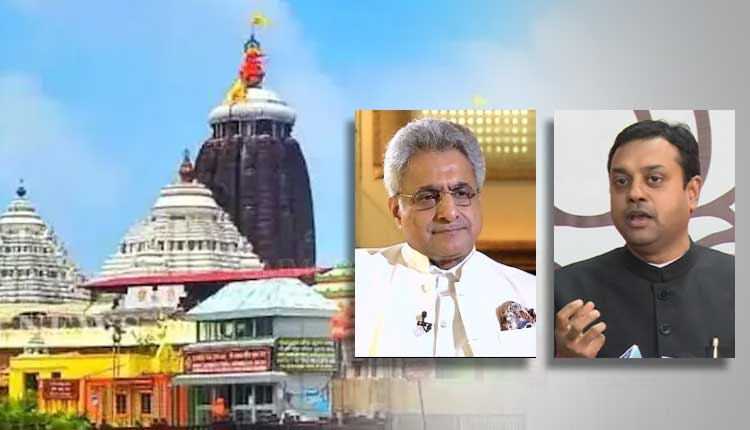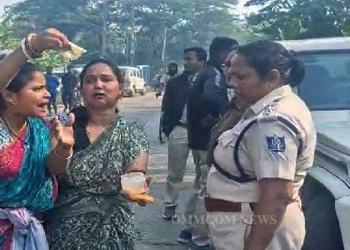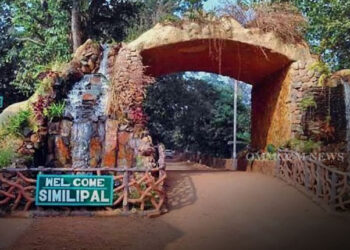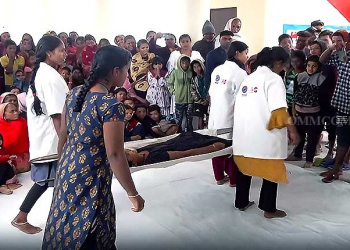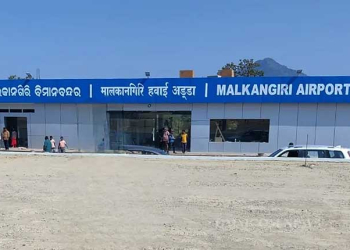Bhubaneswar: Fresh tension flared up after the Archeological Survey of India (ASI) filed an affidavit in Orissa High Court pertaining to construction work under Puri Jagannath Temple Heritage Corridor Project. While the opposition trained guns on the State Government alleging violations, the latter was firm on National Monument Authority’s no objection certificate (NOC) for the construction work.
Responding to the HC’s query on construction and development activities carried out within prohibited area of protected heritage site, the ASI informed the stated: “there is every possibility that the agency (Orissa Bridge Construction Corporation) during the excavation/soil removal might have destroyed the archaeological remains of the heritage site”.
The ASI’s affidavit to the High Court further stated: “During the Joint inspection followed by onsite discussions with OBCC and Shree Jagannath Temple Administration (SJTA) officials, it is found that the ongoing construction work of the Shree Mandira Parikrama Project has no valid permission/No Objection Certificate (NOC) issued by the Competent Authority”.
BJP National Spokesperson Dr Sambit Patra termed the HC’s suggestions on this matter concerning. The State Government carried out construction works without approval from competent authority. Isn’t this illegal? Who is answerable?,” said Patra.
“In Lok Sabha, Puri MP Pinaki Misra said that only 4 toilets are being constructed in restricted zone of Jagannath temple. Pinaki Mishra should apologise for this blatant lie,” Patra tweeted.
Responding to Patra’s reaction, Misra said, “Work underway with NMA’s NOC. We have never said about ASI’s approval. Whatever is happening is within purview of law. Reception counter to come up in regulated area, with permission. And where is it written that DPR cannot be revised?”
The Puri MP added, “Sambit Patra or I cannot decide how much area should be dug out. Digging activity is carried out as per suggestions of civil engineer(s). If anyone is having any issues with that, s/he can go to High Court or Supreme Court.”



